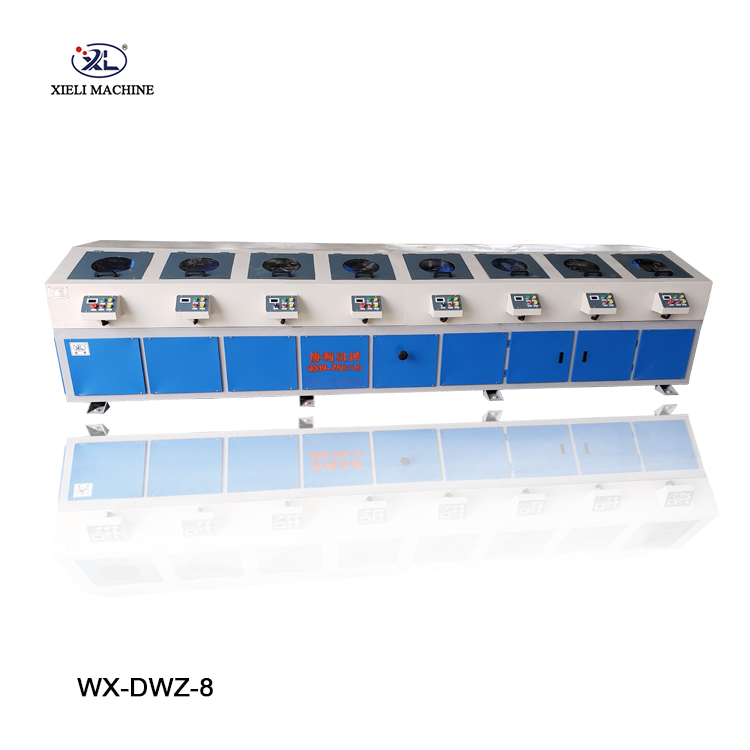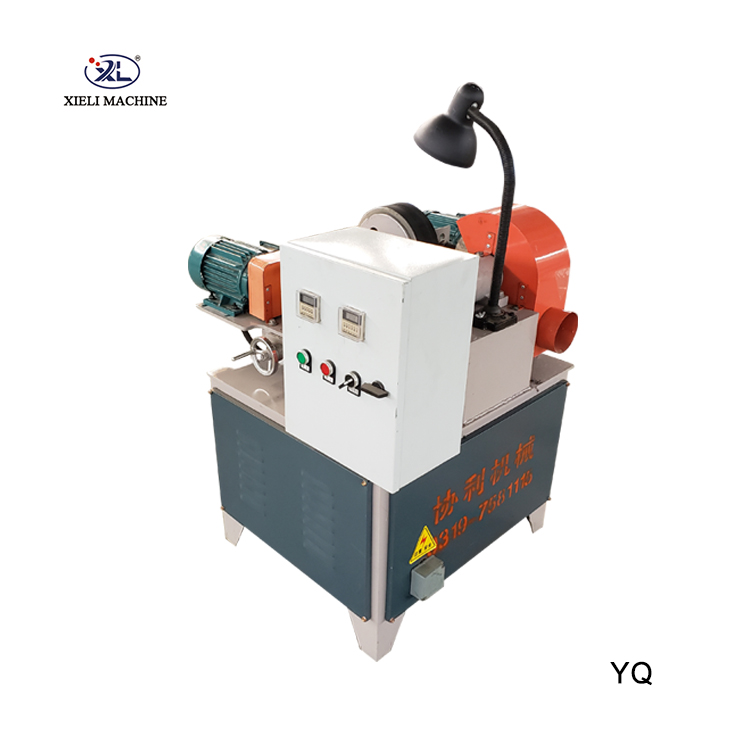The Renowned Centerless Grinder A Cornerstone of Precision Engineering
In the world of precision engineering, where accuracy and efficiency are paramount, the centerless grinder stands out as a vital machine tool. Its significance transcends various industries, including automotive, aerospace, and manufacturing, where the need for high-precision components is a constant. This article delves into the functions, advantages, and applications of famous centerless grinders that have shaped the landscape of machining.
Understanding Centerless Grinding
Centerless grinding is a unique machining process that eliminates the need for a fixed center point, allowing the workpiece to be held in place solely by the grinding wheels. This technique involves a grinding wheel and a regulating wheel, which work in tandem to control the speed, feed, and overall geometry of the part being machined. As the workpiece is fed through the space between these two wheels, it experiences controlled grinding and achieves exceptional roundness and surface finish.
The Mechanism Behind Centerless Grinding
The operation of a centerless grinder is stunningly efficient. The workpiece is typically supported on a work rest, positioned between the grinding wheel and the regulating wheel. As the grinding wheel rotates, it grinds away material from the workpiece surface while the regulating wheel rotates at a slower speed to control the position of the part. This setup not only allows for constant movement of the workpiece through the grinding area but also facilitates the simultaneous processing of multiple parts, significantly improving throughput.
Advantages of Centerless Grinding
The appeal of centerless grinding lies in its myriad advantages over traditional grinding methods. One of the pivotal benefits is the efficiency gains it offers. Centerless grinders can process larger quantities of workpieces in a shorter amount of time, as there is no need for setup changes that are common in conventional grinding systems. Additionally, they provide superior surface finish and geometric precision, making them ideal for applications demanding stringent tolerances.
Another notable advantage is the versatility of centerless grinders. They can accommodate a variety of materials, from softer metals to hard alloys, and can grind components of various shapes and sizes, including rods, tubes, and intricate profiles. This adaptability makes centerless grinding an essential process in factories that deal with a wide range of products.
famous centerless grinder

Varieties of Centerless Grinders
Several centerless grinder models have gained fame in the manufacturing sector due to their impressive performances and reliability. Brands like Cincinnati, Royal Master, and Koyo are well-regarded for their innovations in centerless grinding technology. For instance, the Cincinnati 2OM series is celebrated for its precision and ease of operation, making it a favorite among companies producing high-tolerance components.
Moreover, advancements in technology have led to the development of CNC-controlled centerless grinders, which combine traditional centerless grinding with computer numerical control, enhancing automation and flexibility. These modern machines allow for improved programmability, speed variation, and real-time feedback, ensuring that manufacturers can meet the demands of a competitive marketplace efficiently.
Applications in Industry
The applications of centerless grinding are vast and varied. In the automotive industry, it is employed to produce components like fuel injector bodies and valve guides, both of which require exact dimensions and finishes. Similarly, in the aerospace sector, centerless grinding is used for manufacturing critical parts such as shafts and bearings, where any deviation from specifications can have severe consequences.
In the medical field, centerless grinding contributes to the production of surgical instruments and implants, where precision and surface finish are non-negotiable. With the increasing demand for high-quality components across different sectors, the relevance of centerless grinders continues to grow.
Conclusion
The centerless grinder has undoubtedly secured its place as a cornerstone of precision engineering. Its efficiency, versatility, and high-quality output make it an indispensable tool in modern manufacturing. As industries evolve and the demand for precision components increases, we can expect centerless grinding technology to advance further, continuing to shape the future of machining with unparalleled accuracy and efficiency.





